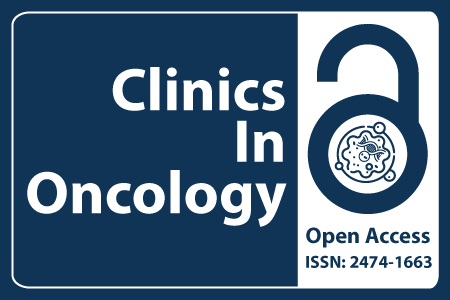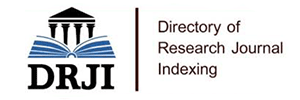
Journal Basic Info
**Impact Factor calculated based on Google Scholar Citations. Please contact us for any more details.Major Scope
- Gastrointestinal Cancer
- Leukemia
- Gynecological Cancers
- Adjuvant Therapy
- Radiation Therapy
- Stomach Cancer
- Melanoma/Skin Cancer
- Radiological Techniques and Scans
Abstract
Citation: Clin Oncol. 2023;8(1):2042.DOI: 10.25107/2474-1663.2042
The Prognostic Value of Biomarkers in Peripheral Blood for Esophageal Squamous Cell Carcinoma and the Construction of a Predictive Model
Xu Y, Sun H, Chen H, Zhao Y and Wan C
Molecular Laboratory, Changshu Medicine Examination Institute, China
Central Laboratory, Nanjing First Hospital, Nanjing Medical University, China
These authors contributed equally to this work
*Correspondance to: Chuandan Wan
PDF Full Text Research Article | Open Access
Abstract:
As particular nonspecific biomarkers of systemic inflammation in the peripheral blood, the Neutrophil to Lymphocyte Ratio (NLR), derived NLR (dNLR) and Platelet to Lymphocyte Ratio (PLR) act as useful prognostic indicators in various cancers including Esophageal Squamous Cell Carcinoma (ESCC). Simultaneously, ABO blood group is assumed to be a potential marker for the prognosis of ESCC patients. Therefore, this retrospective analysis enrolled 495 ESCC patients to investigate the value of biomarkers for predicting the survival rate. The optimal cut-off values were determined by the Receiver Operating Characteristics curve (ROC curve). The association between biomarkers and clinicopathologic parameters were calculated by Pearson correlation analyses. The Kaplan-Meier method and Cox regression analyses evaluated the Overall Survival (OS) and prognostic factors, respectively. A predictive nomogram was established to predict survival risk. According to the ROC curve, the optimal cut-off values of NLR, dNLR and PLR were 2.67, 1.91 and 144. Moreover, patients with lymph node N1-N3, distant metastasis M1 showed higher level of NLR, dNLR and PLR compared with N0 and M0, and cases with stage III-IV had higher level of NLR and PLR compared with I-II (Pall<0.05). Multivariate Cox regression analysis indicated that tumor grade, stage, depth of invasion, distant metastasis and dNLR were independent prognosis risk factors. Furthermore, the nomogram could more accurately predict OS (c-index: 0.776) in surgical ESCC patients. In conclusion, dNLR is a prospective clinical efficacy predictor in ESCC patients. Moreover, the proposed nomograms can be used for the prediction of OS in ESCC patients undergoing esophagectomy.
Keywords:
Esophageal squamous cell carcinoma; ABO blood group; NLR; dNLR; PLR; Prognosis
Cite the Article:
Xu Y, Sun H, Chen H, Zhao Y, Wan C. The Prognostic Value of Biomarkers in Peripheral Blood for Esophageal Squamous Cell Carcinoma and the Construction of a Predictive Model. Clin Oncol. 2023;8:2042..













